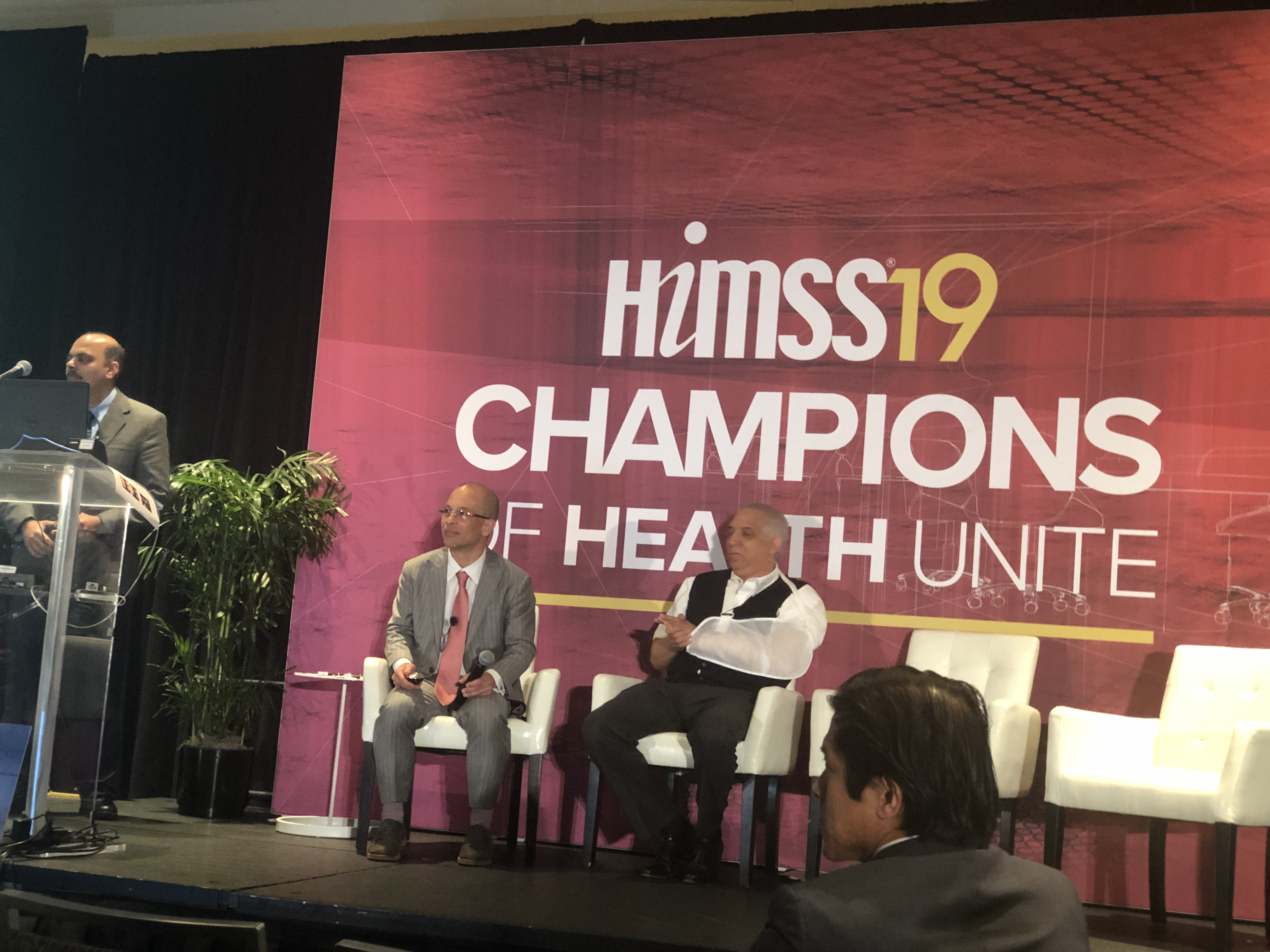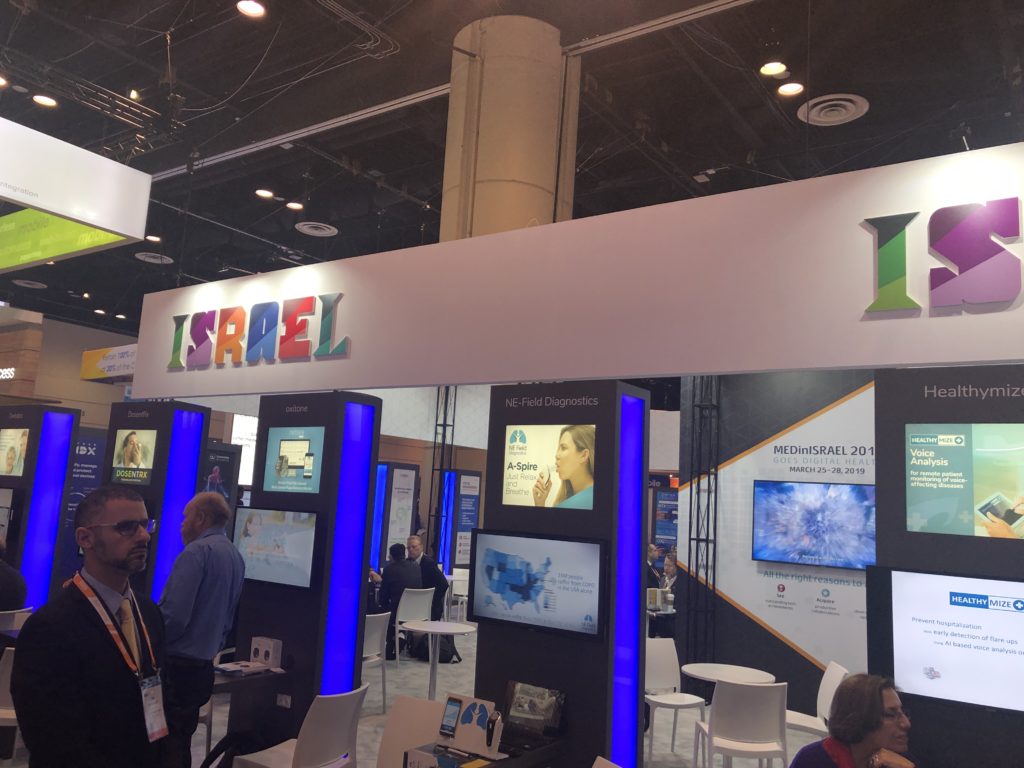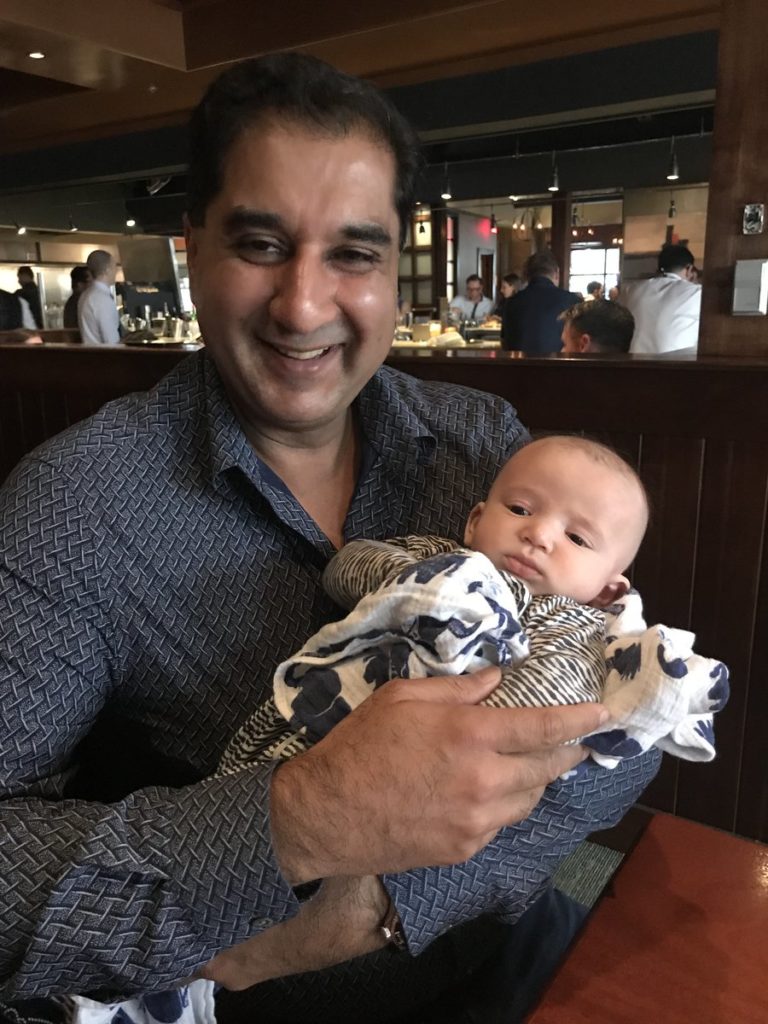
The Healthcare IT Expo conference in New Orleans had a theme of how to solve healthcare technology’s biggest challenges. The question? What is NOT working? What are the problems that need solving and how is technology going to solve those problems? Sunny Tara, CEO of CareCognitics, took part in a Think Tank at the event where he discussed what IS NOT working in healthcare technology. His background in building innovative technology and loyalty for casinos allows him to create a upatient-centeredntered approach to care management.
One thing that isn’t working is treating patients with a one size fits all approach. To provide what a patient requires we must make improvements at the line level. This is where healthcare can learn from other industries. I come from the casino industry and we wouldn’t treat every customer the same so why is healthcare doing that?
We are doing the same thing with healthcare technology. We want to use the same tool for every job, even if they don’t match. For example, physicians report burnout and dissatisfaction with electronic health records (EHR). Are we trying to make the health record do something it wasn’t designed for? We want to get the maximum value out of the EHR so we try to have it measure patient satisfaction and provide information back and forth and schedule appointments and create loyalty. It is not well suited to many of the tasks we assign it.
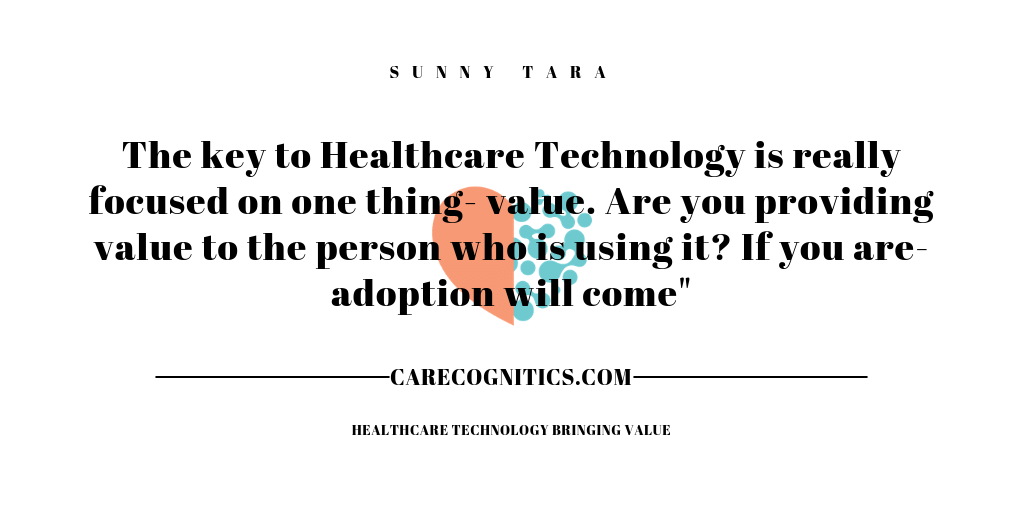
A great EHR is critical and important when it comes to clinical care and a system of record. However, from a technology perspective, the EHR doesn’t make sense for a lot of patient focused tasks. Would I want my EHR system to be my ecommerce system? No. I would get an ecommerce system for that. We are trying to put too much on the back of the EHR when that’s not what it was designed to do. Instead we need a separate patient focused system that will build patient loyalty. Technology to improve patient care should be technology designed with patients in mind, not stretching existing technology to make it fit in every situation.
One of the key ways to find out if a technology is well suited to the job to be done is adoption. The key to adoption is one thing- providing value to the person using it. For example, in the casino industry in the early 2000’s we implemented a pretty large IT investment. We spent over 100 million dollars on the ability to order drinks from a slot machine. This is a simple technology, but when we rolled it out there was such pushback from the cocktail waitresses because they felt that this was going to take their jobs.
As soon as we implemented some pilots they changed their minds. They realized that this technology was going to help them. Rather than circling and taking orders they just were just delivering drinks and providing great service. They were able to make more tips every hour and customers were happy. The technology provided them value and that changed the dynamics. We used technology to provide a better experience to customers because their drinks were coming sooner and at the same time the cocktail waitresses were happy because they were making more money. This is the virtuous use of technology we need to apply to healthcare where both providers and patients benefit.
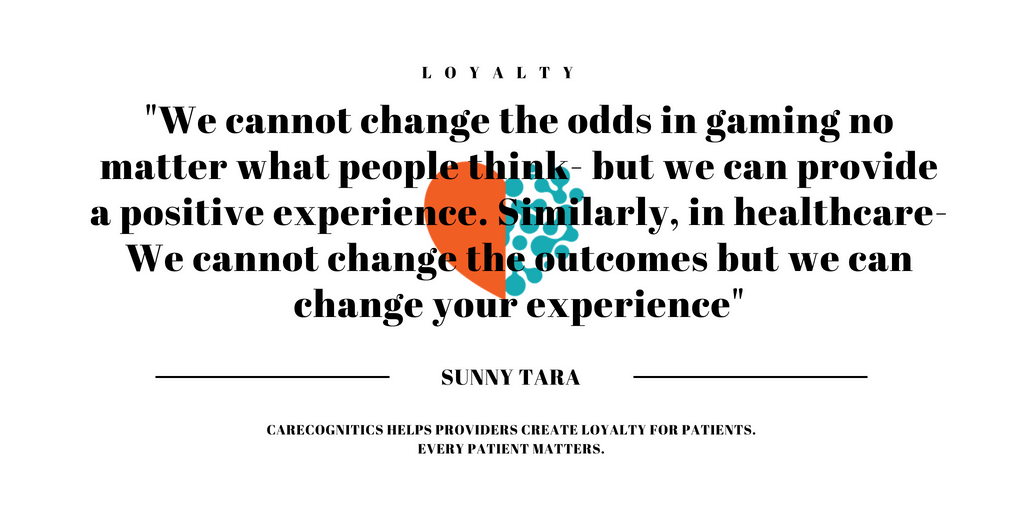
When technology provides value to patients, it will have high adoption. We have been pleased to see that even among a Medicaid population, we have high adoption. If we judge the effectiveness of technology based on adoption rather than cramming patients into an assembly line of ineffective care, we can easily sort which technologies are effective and which aren’t. The purpose of our technology is to enable better patient loyalty. I cannot change your odds- but I can provide a great patient experience.

